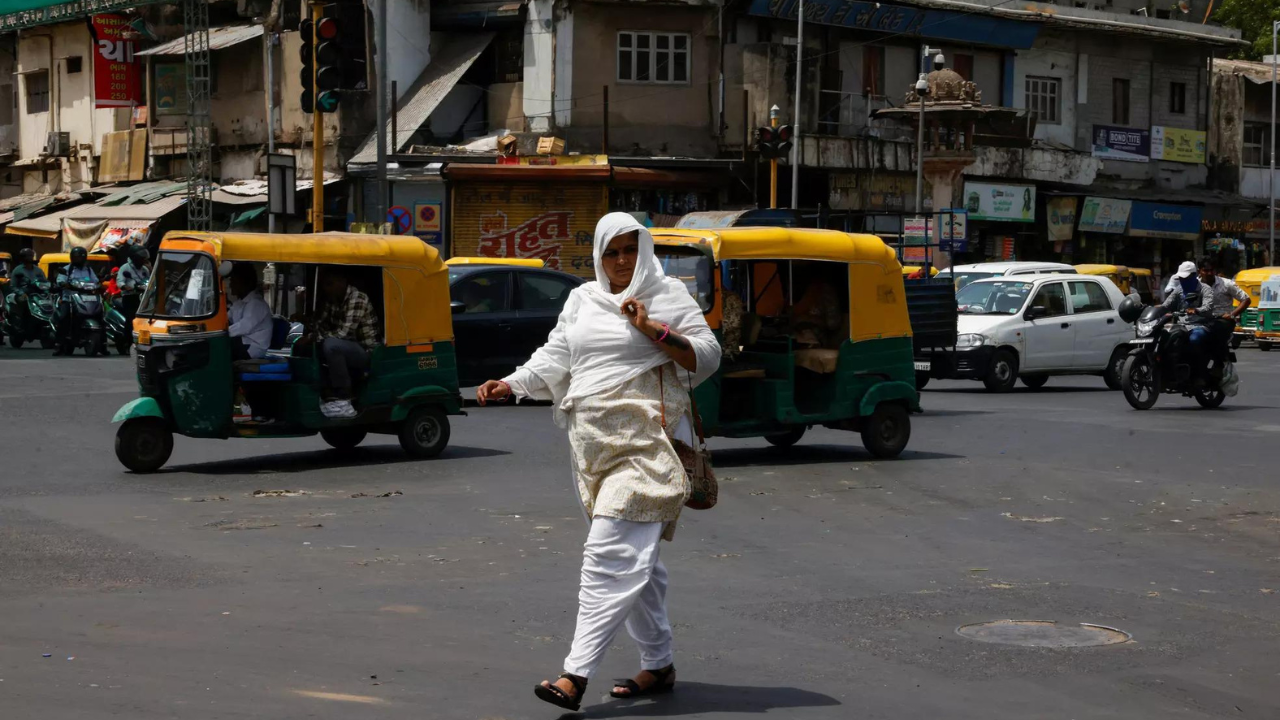The Impact of Extreme Heat and Heavy Rainfall in India

The scorching heatwave that has engulfed India not only affects humans but also wildlife, leading to more than 40,000 suspected cases of heatstroke and at least 110 confirmed deaths between March 1 and June 18, as reported by the health ministry.
This summer has brought extreme weather conditions to the country, with a prolonged heatwave impacting large regions and heavy rainfall causing floods in the northeast. The heatwave, attributed to human-induced climate change, has seen temperatures soar to nearly 50 degrees Celsius (122 degrees Fahrenheit) in northern India, marking one of the lengthiest heatwave periods on record.
The intensity of the heat has caused birds to fall from the skies, and hospitals are witnessing a surge in heat-related cases. Kartick Satyanarayan, Wildlife SOS co-founder, stated, “During the ongoing heatwave, most bird rescue calls we receive are due to birds falling from the skies.”
In response to the heatwave, the health ministry has directed federal and state institutions to provide immediate aid to patients. Hospitals in Delhi, facing a water scarcity issue, have been instructed to make additional beds available. The weather office predicts higher-than-normal temperatures for this month, with urban heat islands fueling the heat traps in Indian cities due to imbalanced development.
Over the past two days, the bodies of more than 26 people from disadvantaged communities have been found in five districts of the national capital, with the exact cause of death still unknown. The deaths occurred amid the ongoing extreme heatwave conditions.
Meanwhile, in Assam, heavy rains have triggered floods and landslides, claiming the lives of at least six individuals. The floods have impacted over 160,000 people in Assam, with the Kopili river surpassing the danger mark. Since late May, more than 30 people in the state have lost their lives due to flooding and landslides caused by heavy rainfall.








